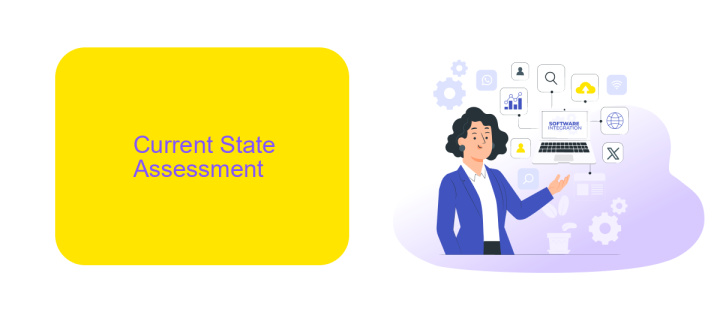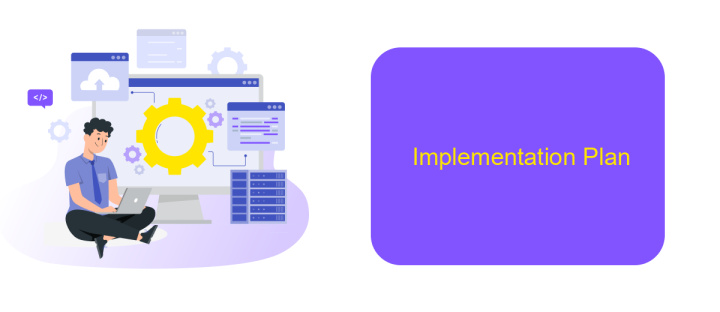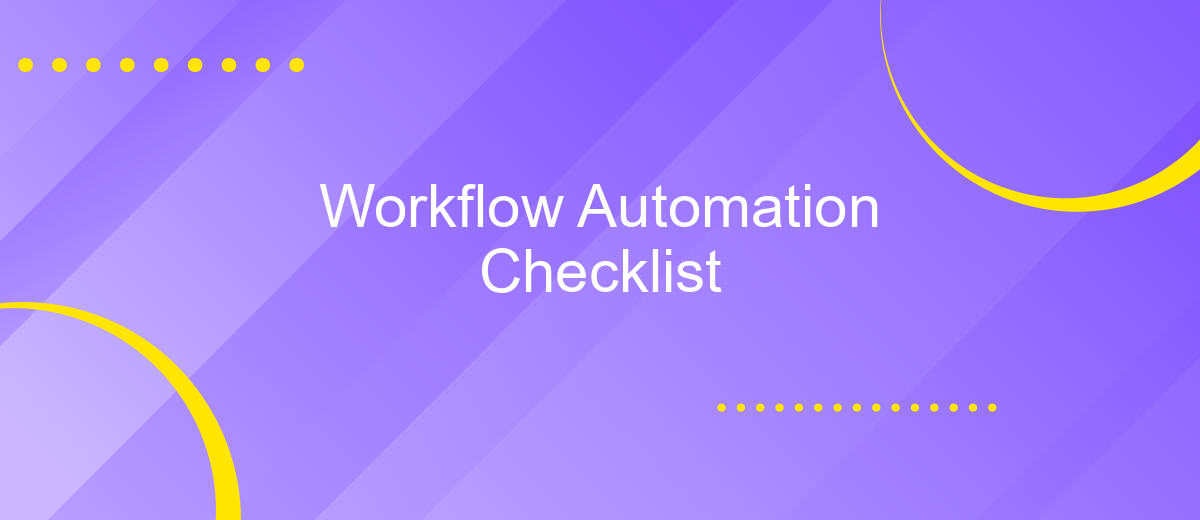Workflow Automation Checklist
In today's fast-paced business environment, workflow automation is essential for maximizing efficiency and reducing errors. A well-structured checklist can help streamline processes, ensuring that all critical steps are followed consistently. This article provides a comprehensive Workflow Automation Checklist to guide you through the key elements needed to implement effective automation in your organization.
Executive Summary
Workflow automation is essential for enhancing productivity and ensuring seamless operations within any organization. This checklist provides a comprehensive guide to streamline processes, reduce manual tasks, and improve overall efficiency through automation.
- Identify repetitive tasks suitable for automation.
- Evaluate and select appropriate automation tools.
- Integrate systems using reliable services like ApiX-Drive.
- Test automated workflows to ensure accuracy and reliability.
- Monitor and optimize automated processes regularly.
Implementing a well-structured workflow automation strategy can significantly reduce errors, save time, and boost productivity. By leveraging tools and services such as ApiX-Drive, organizations can seamlessly integrate various systems, ensuring smooth data flow and operational efficiency. This checklist serves as a foundational resource for achieving effective workflow automation.
Current State Assessment

Before implementing any workflow automation, it is crucial to conduct a thorough assessment of the current state. Begin by identifying all existing processes and documenting them in detail. This includes understanding the tasks, stakeholders, and tools involved. Evaluate the efficiency and effectiveness of these processes to identify bottlenecks and areas for improvement. Gathering feedback from team members who are directly involved in these workflows can provide valuable insights into pain points and opportunities for optimization.
Next, assess the current tools and technologies being used. Determine whether they are capable of integration with other systems and if they support automation. For instance, leveraging services like ApiX-Drive can simplify the integration process by connecting various applications without the need for extensive coding. This can streamline workflows and enhance productivity. Additionally, evaluate the readiness of your team for automation, including their skill levels and openness to adopting new technologies. This comprehensive assessment will lay the foundation for a successful workflow automation strategy.
Future State Blueprint

Envisioning the future state of your workflow automation involves creating a detailed blueprint that outlines the ideal processes and systems. This blueprint should aim to maximize efficiency, reduce manual intervention, and ensure seamless integration across various tools and platforms.
- Identify key processes that can be automated.
- Select appropriate tools and platforms for automation.
- Map out the integration points between different systems.
- Set measurable goals and KPIs to track progress.
- Ensure compliance with industry standards and regulations.
To facilitate integration, consider using services like ApiX-Drive, which simplifies the connection between different applications without requiring extensive coding. This service can streamline your workflow by automating data transfer between your CRM, email marketing tools, and other essential software, thereby creating a cohesive and efficient system. By following this blueprint, you can achieve a future state where your workflow is optimized for productivity and scalability.
Implementation Plan

Implementing a workflow automation system requires careful planning and execution to ensure seamless integration and maximum efficiency. Start by identifying the key processes that need automation and defining clear objectives for each. This helps in setting realistic expectations and measuring success effectively.
Next, choose the right tools and platforms that align with your business needs. ApiX-Drive is an excellent option for integrating various applications and automating workflows without requiring extensive technical expertise. It supports a wide range of applications, making it easier to connect different systems and streamline operations.
- Identify and document key processes for automation
- Select appropriate tools and platforms (e.g., ApiX-Drive)
- Define clear objectives and success metrics
- Develop a detailed implementation timeline
- Test and iterate to ensure optimal performance
After setting up the system, conduct thorough testing to identify and resolve any issues. Regularly review and update the automated workflows to adapt to changing business needs. Continuous monitoring and optimization will ensure that the automation system remains effective and delivers sustained value.
Governance Model
Establishing a robust governance model is crucial for effective workflow automation. Begin by defining clear roles and responsibilities for all stakeholders involved. Assign a governance team to oversee the automation processes and ensure compliance with organizational policies. This team should regularly review and update the workflow automation policies, ensuring they align with evolving business needs and regulatory requirements. Implementing a strong governance framework will help mitigate risks and maintain the integrity of automated workflows.
Incorporate tools and services that facilitate seamless integration and management of automated workflows. For instance, ApiX-Drive can significantly streamline the integration process by connecting various applications and services effortlessly. This not only enhances operational efficiency but also ensures that data flows smoothly across different platforms, maintaining consistency and accuracy. Regular audits and performance reviews should be conducted to identify areas for improvement and ensure the governance model remains effective and up-to-date.
FAQ
What is workflow automation?
Why is a workflow automation checklist important?
What are the key elements of a workflow automation checklist?
How do I choose the right tool for workflow automation?
What should I do if my workflow automation fails?
Time is the most valuable resource in today's business realities. By eliminating the routine from work processes, you will get more opportunities to implement the most daring plans and ideas. Choose – you can continue to waste time, money and nerves on inefficient solutions, or you can use ApiX-Drive, automating work processes and achieving results with minimal investment of money, effort and human resources.

